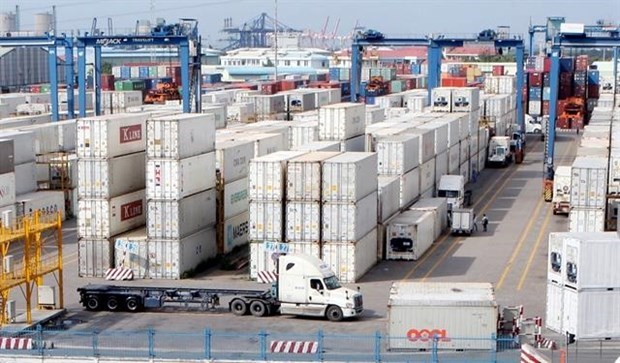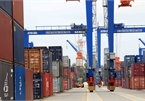 |
|
Containers at Cat Lai port in HCM City’s District 2.
|
Statistics from the Import-Export Department under the Ministry of Industry and Trade showed that the EU is Vietnam's second largest export market.
Vietnam’s exports to the EU are forecast to increase by about 20 percent in 2020, 42.7 percent in 2025, and 44.37 percent in 2030. Imports from the EU are expected to grow quickly after the EVFTA takes effect.
In addition, Vietnam's commitment to eliminating tariffs on vehicles, machinery and equipment for logistics activities from the EU is an opportunity for local logistics firms to buy products for domestic production at reasonable prices to save costs, improve technologies, enhance self-implementation capacity, and reduce outsourcing services.
Besides advantages, Vietnamese logistics businesses will also face challenges. For example, the access to the EU market is difficult because of European customers’ high requirements for serivce quality and indirect legal binds.
Meanwhile, Vietnamese firms lack a long-term vision, investment and technologies, and the quality of their services remains low, experts said.
Therefore, to improve the competitiveness of the logistic sector and optimise opportunities from the EVFTA, it is necessary to refine the country's legal framework, acccording to insiders.
Promoting administrative reforms and implementation of national one-stop-shop mechanism, and ASEAN Single Window is also important to help logistics businesses reduce production costs./.VNA

High logistics costs reduce competitiveness of Vietnamese goods
Inflated logistics costs were hampering the competitiveness of Vietnamese goods, according to Chairman of the Vietnam Textile and Apparel Association (VITAS) Vu Duc Giang.

Logistics groups roll out schemes to avert doldrums
As the COVID-19 pandemic wreaks havoc on supply chains globally, logistics firms in Vietnam have experienced decline in revenue but are mustering the strength to overcome the challenges ahead.